Are you aware that Facebook has boosted its retail-focused dynamic ads with merchandising overlays and videos?
Well, why should you even care? And what is the need for using Facebook dynamic product ads for your ecommerce business?
To get started, let’s first briefly discuss what Facebook dynamic product ads are.
What Are Facebook Dynamic Product Ads? Why Are They Important?
In 2015, the potential for advertising and marketing was immense on social media platforms. At that time, there were 1.65 billion active mobile social accounts globally, with 1 million new active users every day.
Additionally, social media global penetration was on a high increase, and in excess of 30%. Sadly for marketers, these numbers were not reflecting on their advertising results.
Why?
86% of consumers were suffering from banner blindness and people were increasingly using ad blocking software. Actually, by 2016, ad blocking software usage had quadrupled with zero Facebook ads generating an emotional response.
This is where Facebook dynamic ads became important. Instead of getting rid of ads because consumers seemed not to like them, they made them better, consequently helping businesses set up ads that were more relevant and specific.
Facebook dynamic ads enable retailers to sync their catalog with their advertising efforts. For example, the mobile friendly ad platform allows retailers to advertise in single or multiple-units; each unit with its own image, description, statistics and click targets.
The image below shows us how Shutterfly advertised three products using multi-units.
Image via: Wordstream
What has been the result?
Consumers are now seeing advertisements that are relevant and interesting to them, and in effect, businesses have increased their ecommerce sales. For example, Italian electronics retailer Yeppon boosted their incremental sales by 21% after adding Facebook dynamic product ads.
So, do you want the same results for your business or even double your sales? Here are 10 little known Facebook dynamic product ads strategies.
10 Little Known Strategies To Double Your eCommerce Sales With Facebook Dynamic Product Ads
1. Multi-Product Ad Unit
As earlier mentioned, Facebook dynamic ads allows retailers to have single or multiple ad units. Shutterfly decided to try the multiple ad units, advertising three different products in one ad post. The marketers were also allowed to control product order statement, ensuring that new customers were naturally introduced to Shutterfly’s products.
What was the result?
The business experienced a 20% increase in click-through rate.
Here is a screenshot of what the Chief Marketing Officer at Shutterfly, John Boris, had to say about this particular strategy.
Image via: Facebook
2. Schedule Recurring Uploads
One of the three main traits of dynamic ads is the ability to choose the ad upload type. Usually, Facebook will allow you to make a single ad upload, or schedule recurring uploads.
The single ad upload allows marketers to upload a single feed file at a particular moment. This means that consumers will only see this advertisement for the duration the marketer sets, and it will not recur.
On the other hand, the schedule recurring uploads option allows marketers to upload a single feed file and set up automatic uploads for later. Basically, you will provide Facebook with login credentials in order to access a fresh product catalog regularly.
Image via: Jonloomer
So, why is the second option better?
Normally you will encounter different types of buyers, one of them being the ones who view the product but don’t make a purchase. Sadly for you, approximately 96% of new visitors are never ready to buy and so need more convincing.
This is where the scheduled recurring uploads come in handy. By setting up frequent uploads of the same product, recommended options or complementary options, you will eventually increase your conversion rate, hence boost sales.
3. Use The Ad Template
Like we mentioned in the previous point, Facebook will let you upload a single unit ad, customised to your preference. What smart marketers do, is make sure that this ad unit is not static, showing only one ad, but different ads.
How?
Well, the ad template helps you magically show different products according to the user, giving them a personalised advertising feeling. The beauty is of course based on the magic that personalisation does to consumers.
Did you know that personalised ads are invaluable to a marketer? This is because, as revealed by Adlucent, 71% of consumers prefer personalised ads. It is no wonder therefore, that such ads have a higher click-through rate than their counterparts, and reduce wasted ad spend.
Personalised ads will ensure that your targeted consumers or prospects only see ads geared towards their needs and interests at the time.
The image below shows in details what consumers think about personalised adverts.
Image via : Adlucent
Now, Back to the ad template.
As shown in the image below, ad templates will allow you to reference variables while creating your ad instead of committing to one product. This means that if a prospect was interested in a product that costs a particular amount, the same advert could show him several other products within that price range, thereby showing the retailers concern to a consumer’s personal interests.
Image via: Jonloomer
4. Broad Audiences Reach
Before Facebook included the broad audiences feature, only big ecommerce companies that had considerable traffic enjoyed the dynamic product ads feature. This is because smaller companies were limited by their traffic, only reaching people who had visited their websites.
Thankfully, the broad audiences feature allows all businesses to reach a wider audience. In addition to reaching out to people who visited your app or website, dynamic ads also target people who engaged with content on Facebook or browsed other websites looking for a particular product.
As a result, Facebook will infer that that particular person is interested in renting a condo for example, thereby showing them your dynamic ad for condo rentals.
While this approach is commendable, some retailers actually have a problem with it. Although someone looked for a product in a particular website, Facebook will go ahead and display the competitor’s ad anyway.
I understand that this s*cks, but at least advertisers will not be specifically targeting your audience. On the flip side, you could also be receiving your competitor’s prospects, right?
5. Turn-Off Out-Of-Stock Products
As a marketer, you understand the commitment and wit needed to convert just one prospect into a customer. Now, imagine convincing a prospect to buy, only for them to realize that the product they are interested in is out of stock!
Once a prospect realises that there is a stock-out, he or she will have no option but to walk out. Worse still, if this happens to more than one person and negative reviews are splurged all over the internet about how your products are always out of stock, how will that make your brand look?
So, how bad are stock-outs?
To understand how consumers react to stock-outs, a team of researchers surveyed over 71,000 consumers in 29 countries and found out that there are 2 main actions that consumers would take.
7% to 25% would continue shopping, but won’t buy a substitute for the desired item at the store; 21% to 43% would actually go to another store to buy the item. As a result, retailers could lose nearly half of intended purchases.
To be more precise, stock-outs can cause about 4% loss in sales for a typical retailer, which translates to $40million loss a year for billion-dollar retailers.
Shocked?
Don’t be. Facebook dynamic product ads feature actually turns off ads for out-of-stock products. This works by your product catalog feed informing Facebook on product availability, after which ads for out-of-stock products will be automatically turned off.
The result?
You will not have a bad reputation of always having products out of stock, thereby preventing losses.
6. Use The Custom Audiences Feature
This is also about personalisation and making sure that you don’t waste your ad on the wrong person. To make sure that you target the right people, dynamic product ads features improvements to the usual Facebook custom audiences feature, which enables marketers to reach more relevant audiences.
To do this, please visit the Ads Manager and Power Editor tabs in order to build audiences based on your specific parameters. For example, you could target people who followed your page in the last 6 months, follow other web pages, or usually visit your website.
The image below for example, shows us a retailer interested in shop visitors who were interested in bags and belts.
Image via: Wordstream
To show the benefits of the custom audience feature, let’s briefly discuss how Lolly Wolly Doodle increased revenue and checkouts by 32% and 27%, respectively.
The Lolly Wolly Doodle Case Study
Established in 2010 as a small mother and child clothier in North Carolina, Lolly Wolly Doodle needed to expand its online sales, raise brand awareness, and know the preference of its audience.
The company’s marketers placed the Facebook pixel on their website, uploaded a catalog of its products on Facebook, and created a list of custom audience and lookalike audience, beginning the dynamic products ad campaign.
By targeting a relevant audience, Lolly Wolly was able to increase revenue by 32%, decrease cost per checkout by 9%, increase ad spend returns by 15%, increase checkouts by 27%, and increase average purchases by 20%, as shown in the image below.
Image via: Shoutmeloud
7. Use Overlays
The Facebook dynamic product ads overlay feature, which was launched recently, makes product ads more informative and captivating. Through the feature, marketers have an option to include percentage off as calculated from difference between sale and price, actual product price, and regular discounts.
Even better is the ability to customise the ad by choosing shapes, font and background colors, text font, as well as ad placement.
The image below shows us how overlays look like, for example.
Image via: Scontent
Please note that although the updates have been announced, they will be rolling out in the next couple of months. So prepare for a holiday season with amazing and creative Facebook product ads.
8. Household Targeting
This is another great feature that will surely result in double sales, especially during the upcoming holiday season.
Why?
Last year it was discovered that mobile shoppers weren’t the younger generation anymore. In fact, parents consisted of more than 50% of mobile-first shoppers, a trend that is expected to grow. This development opened up a new avenue for retailers, hence household targeting, as rolled out by Facebook.
To use the feature, marketers need to create a new household audience, which includes additional people who live in the same house. Targeting a specific household, marketers can then create relevant ads to family members in the same household, thereby influencing purchasing options and decisions.
This way, the entire household could be lured into buying gifts, even better, which are more targeted at their family members, ridding people of the struggles of settling on a gift.
9. Invest In Videos On Dynamic Product Ads
The value of videos in marketing can never be overemphasised. Just to mention briefly, 4 times as many customers would rather watch a product video than read about it. As a result, shoppers who view videos are 1.8x more likely to make a purchase than non-viewers.
Therefore, it is no surprise that marketers who use video grow revenue 49% faster than non-video users. This, coupled with the fact that 45% of people watch more than an hour of YouTube or Facebook videos in a week, has prompted 46% of marketers to plan on adding Facebook videos on their content strategy in the next year.
Image via: Stateofinbound
It is in light of such success with videos that Facebook has bolstered its dynamic product ads with videos. This way, marketers will be able to showcase their products in a creative and impressive way, which will sure boost sales.
To use the feature, businesses can upload product-level videos via the Facebook API or through the asset manager. Companies such as Made.com are already using the feature.
To prove how valuable this feature is, let’s discuss how MixIt used videos on Facebook ads to increase sales, a case study that will help you project how much you are set to gain with the dynamic product ads video feature.
The MixIt Video Case Study
Aiming to build a sense of community around its brand, MixIt used engaging video ads. By using Facebook’s video ads, the business showcased news, products, and contests in a format that also told the brand’s story.
The brand was also drumming support against the use of palm oil in cereals, a campaign that was greatly received by consumers.
As a result of using videos ads, MixIt increased post engagement 4 times, web traffic by 2.1 times, and sales conversion rate increased by 60%.
10. Cross-sell To Past Customers
What is the cost of customer acquisition vs customer retention?
Research has revealed that it costs five times as much to attract a new customer than to keep an existing one. So, in a bid to avoid expensive customer acquisition costs, it makes sense for a brand to retain customers and build a loyal relationship with them.
Now, what do you do to retain your customers?
Customer service is of course an important factor, as cited by 89% of companies. Once you offer top-notch customer service, you can focus on cross-selling to your clients.
Why?
The probability of selling to an existing customer is between 60%-70%, while the probability of selling to a prospect is much lower at 5%-20%. Even better is the fact that your existing customers are 50% more likely to try new products and also spend 31% more than new customers.
Now, this sets us into why cross-selling to past customers using Facebook dynamic product ads will surely double your ecommerce sales.
Since you already have their history and know what they search for, customise your ads to show them recommended products or products that complement what they have already purchased. Subsequently, because your aim is to make sure they convert, you can also add an incentive.
Incentives could range from discounts, promotion codes, or a free gift. Before you know it, they will be recommending you to their friends, and you know what that means. 83% of prospects trust brand recommendations from friends!
Way Forward
With online marketers faced with numerous challenges such as generating traffic and leads, and securing enough budget for their marketing activities, online marketing sure seems like a struggle. Luckily, Facebook dynamic product ads help you to easily and creatively increase traffic and leads at a lower cost, rewarding you with crazy sales.
To take advantage of the feature, make sure that you maximize the potential for multi-unit ads, ad videos, overlays, cross-selling, schedule recurring uploads, use the ad template, turn off out-of-stock products, reach broader audiences, market to custom audiences, and target households.
If have not pitched Facebook dynamic product ads to your boss, it’s time you secured a meeting with him, and get on with it.

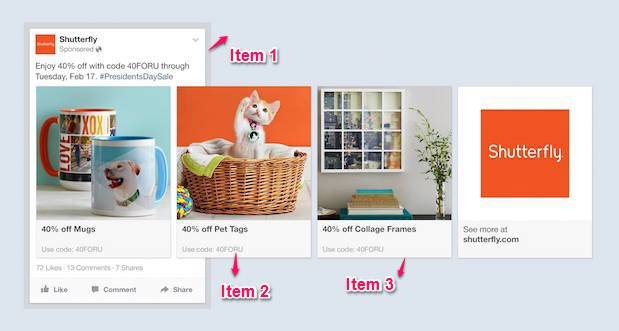

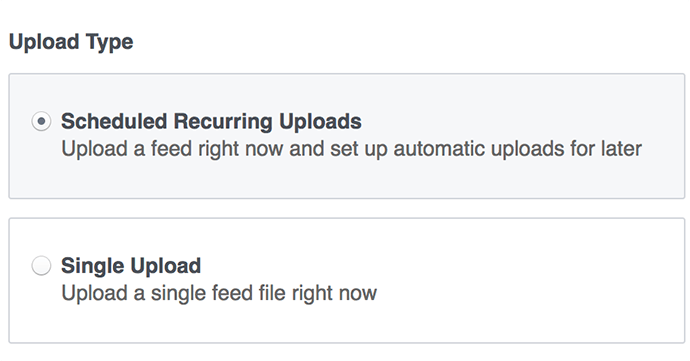
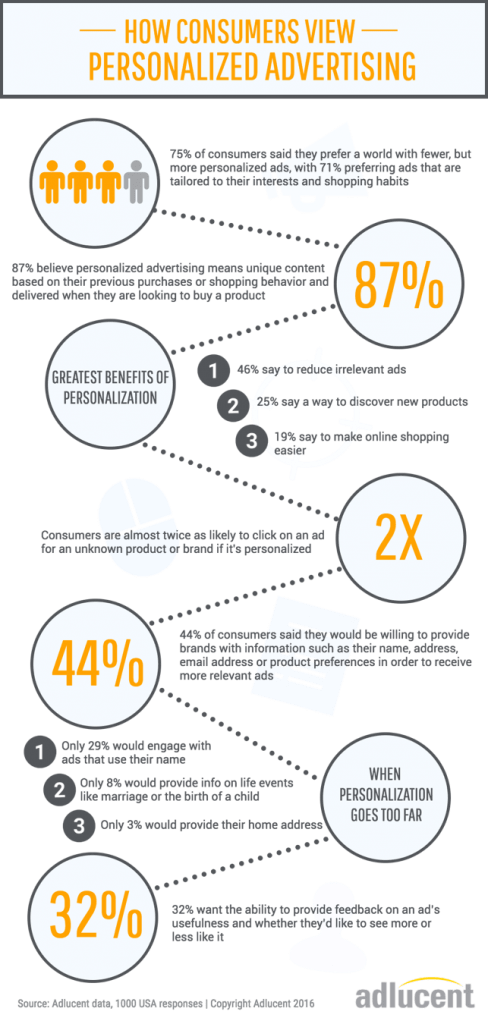

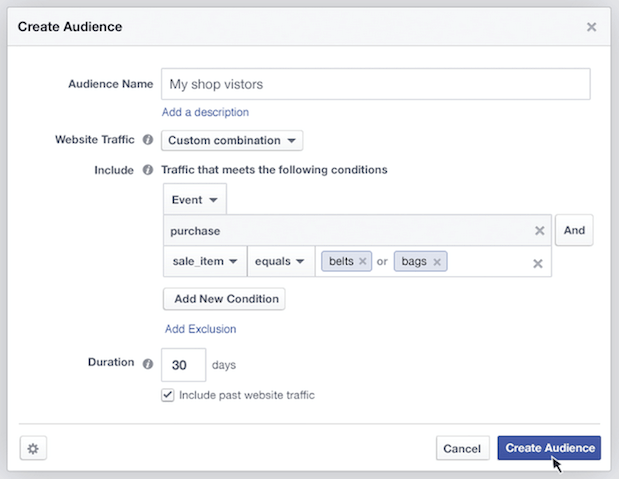
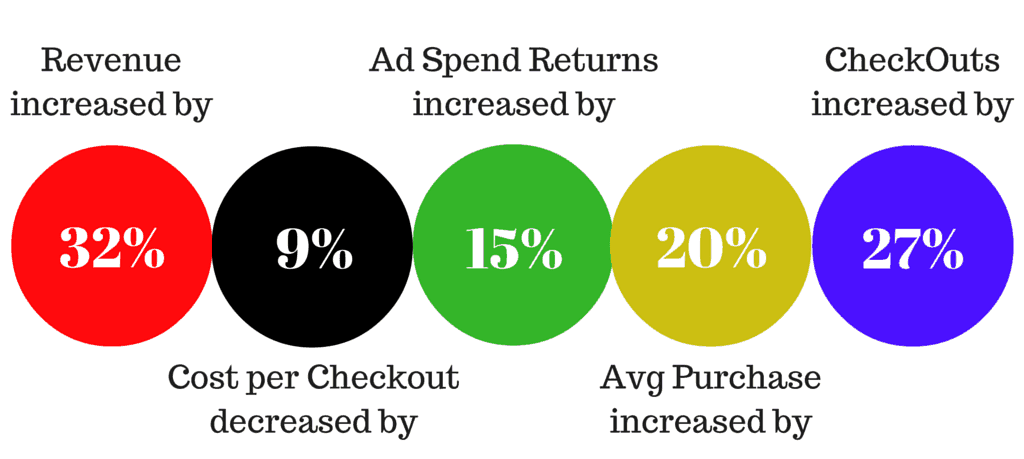
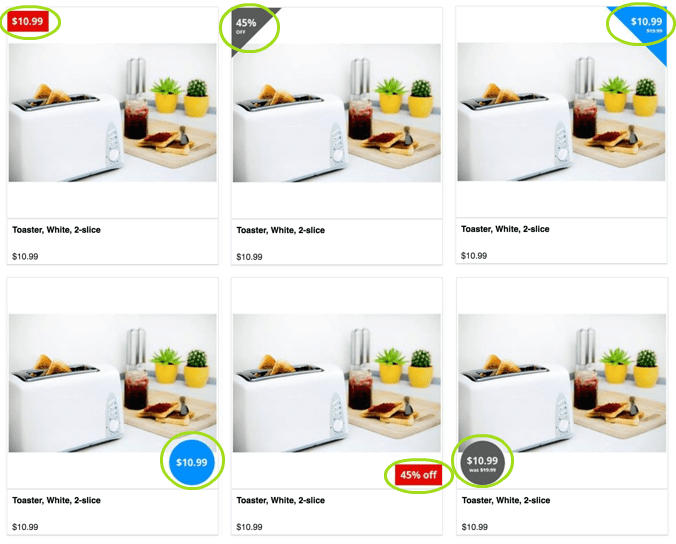
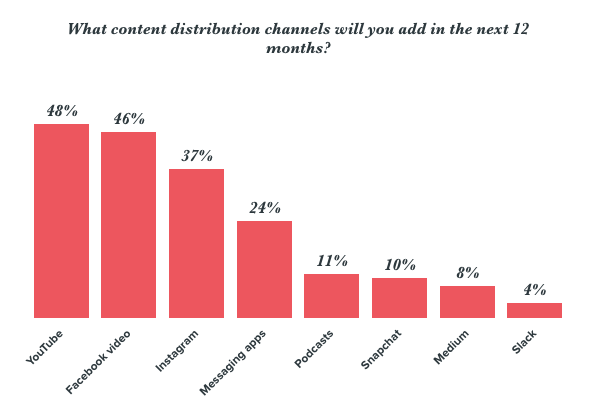


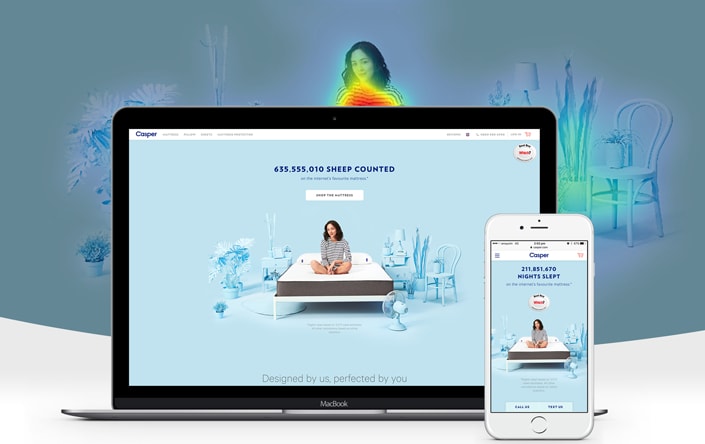

Hey!
It looks like you're browsing in . Would you like to switch over to the website?